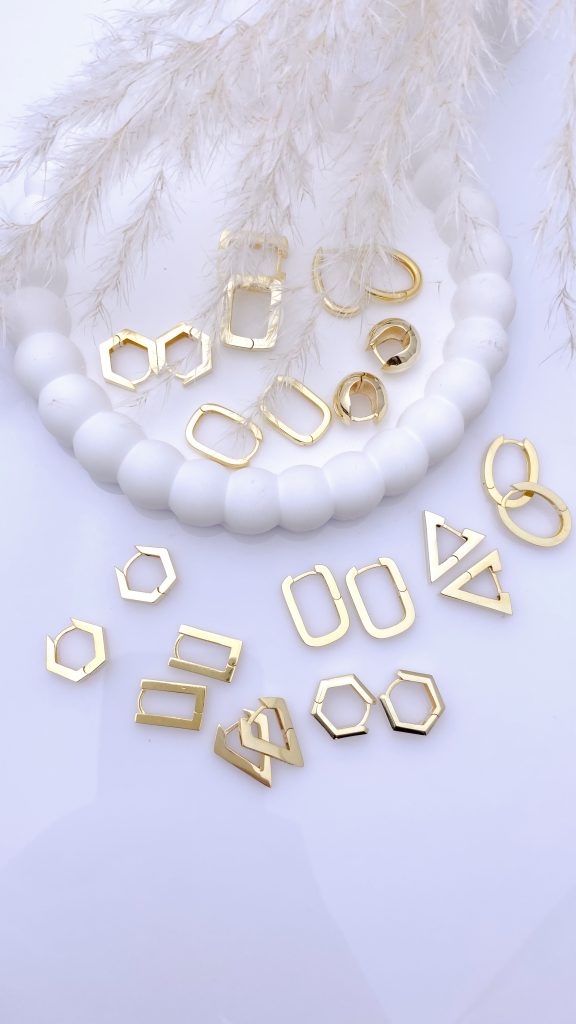Hoop earrings have a remarkable ability to transcend time and trends, making them a beloved choice in the realm of jewelry for centuries. From ancient civilizations to modern fashion runways, hoop earrings have adorned the ears of women and men alike, evolving in style and significance while retaining their classic allure.
Historical Roots and Cultural Significance
The history of hoop earrings stretches back thousands of years, with evidence of their existence found in various ancient civilizations. In ancient Egypt, hoop earrings were a symbol of wealth and status, worn by both men and women to indicate their social standing. They were crafted from precious metals like gold and adorned with intricate designs and gemstones, showcasing the craftsmanship of the time.
Similarly, in ancient Rome, hoop earrings were worn not only as a fashion statement but also as a symbol of cultural identity and affiliation. Their popularity persisted through the ages, crossing continents and cultures, from the Byzantine Empire to the Renaissance era in Europe, where hoop earrings became associated with artistic expression and individualism.
Evolution of Style
Over time, hoop earrings have evolved in style and design, adapting to the changing tastes and fashion trends of each era. In the 1960s and 1970s, hoop earrings experienced a resurgence in popularity during the rise of bohemian and counterculture movements. Larger hoops adorned with beads and feathers became iconic symbols of self-expression and rebellion.
In the 1980s, hoop earrings became synonymous with glamour and excess, with celebrities and fashion icons embracing oversized hoops adorned with crystals and geometric shapes. This era marked a shift towards bold and statement-making jewelry, where hoop earrings became a staple accessory on runways and in pop culture.
Today, hoop earrings continue to be a versatile and essential piece of jewelry in every fashionista’s collection. They come in a variety of sizes, from delicate small hoops suitable for everyday wear to larger statement hoops that add drama to any outfit. Hoop earrings can be found in a range of materials, including sterling silver, rose gold, and even sustainable materials like bamboo and recycled metals, catering to eco-conscious consumers.
Symbolism and Personal Expression
Beyond their aesthetic appeal, hoop earrings often carry symbolic meaning and personal significance for those who wear them. In some cultures, hoop earrings are believed to ward off evil spirits or bring good luck to the wearer. For others, wearing hoop earrings is a form of self-expression, a way to convey individual style and personality.
Hoop earrings also hold cultural significance in many communities around the world. They are worn during celebrations and ceremonies, symbolizing rites of passage and milestones in life. In Latin American cultures, for example, hoop earrings known as “argollas” are often gifted to young girls on their quinceañera, marking their transition into womanhood.
Conclusion
In conclusion, hoop earrings stand as a testament to the enduring appeal of timeless jewelry. From ancient civilizations to contemporary fashion trends, hoop earrings have retained their status as a symbol of elegance, style, and cultural significance. Whether worn as a subtle accent or a bold statement piece, hoop earrings continue to captivate wearers with their versatility and timeless charm, making them an indispensable part of jewelry collections across the globe.

